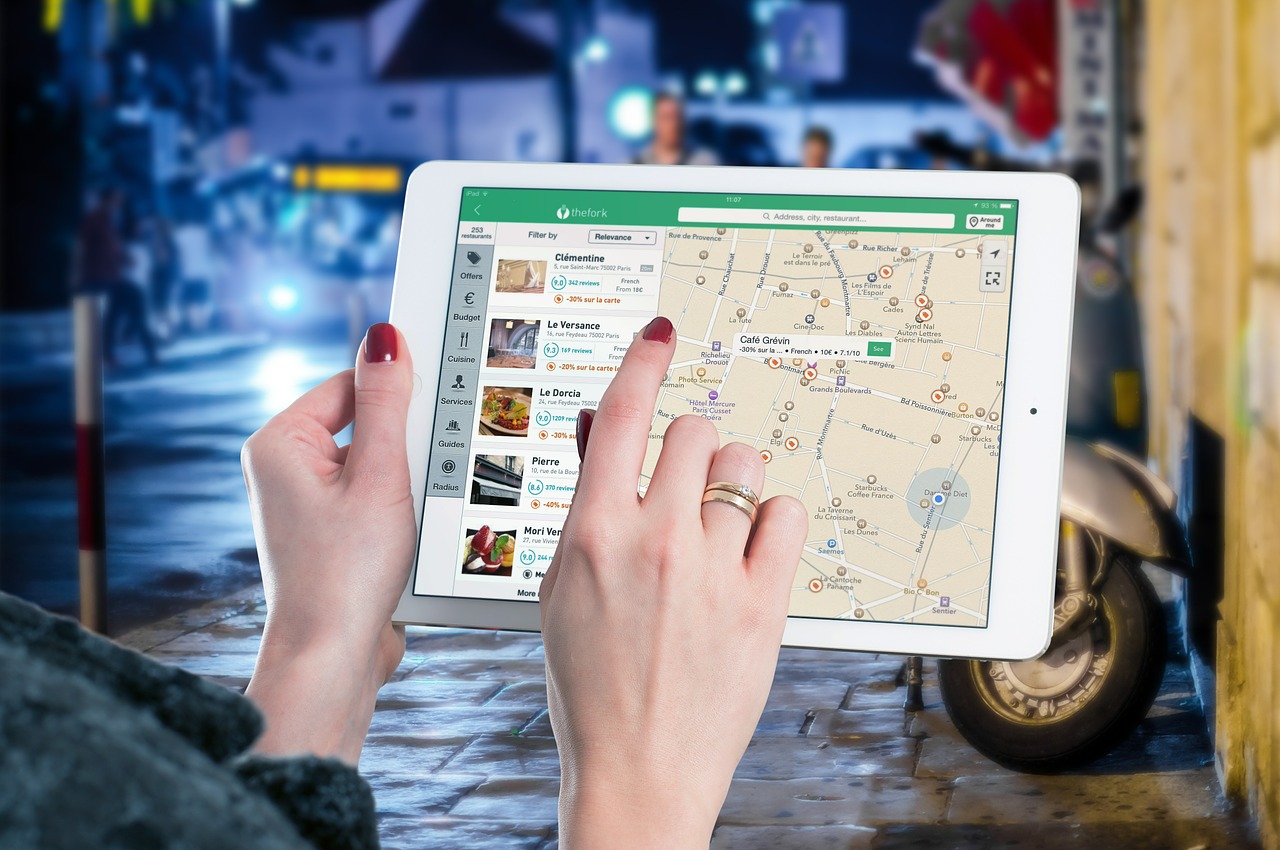If you happen to build a testing team for an IoT product, the first thing you need is a helicopter view of the process. The stages we’ve identified as common in our practice, and action items we’ve commonly handled are listed below. Note, that the stages are sequential, but they may and do overlap each other.
Stage 0: You have a product plan, but no actual IoT product is there yet.
- Define who of your QA team owns which layer of testing (all three layers are usually tested by the separate test owners/teams):
- IoT device hardware testing
- IoT device software testing
- Software integration testing (IoT device <-> Mobile / Web app)
- Firmware and Hardware QA teams create a full set of test cases based on your product plan. Make sure you take into account all the specifics of your hardware/firmware prototype. Here’s just a small list of common tests there:
- Firmware installation / update testing
- Battery lifecycle testing (different modes of the device)
- Device pairing testing (incl. auto-detect features if supported)
- Calibration testing (verify if a user is able to adjust the accuracy of the sensors based on its usage.
Example: touch ID calibration, heartbeat monitor placements, etc.)
- Upstream and downstream data sync (with your controlling app or web service)
- Recovery features testing (internal ones to minimize the amount of bricked devices)
- Device metrics analytics testing (scanning, connection, firmware statistics)
- many more tests depending on the device’s specs.
- Test cases are reviewed by Development and Product teams – a common practice to identify blind spots in your test analysis early. Common responsibility is a good way to make everyone on the team coordinated well later in the process.

Stage 1. You are delivered with the first hardware prototypes, firmware and integration software is not ready yet to be fully operational.
- Create a mock application to test firmware outside of the IoT Hardware. Generally, we need to start testing firmware outside of the IoT hardware to minimize the amount of bricked devices at early stages.
- Software QA team tests the part of a firmware functionality required for installable firmware build.
- Whitebox automation of the firmware is an absolute must and is one of the cheapest strategies at this stage.
Exit criteria: firmware QA tester signs off on the first installable -the (pre)-production – firmware version.
Stage 2. Delivery of the first installable firmware and onwards. Most of your IoT features are developed at this phase (the remaining ones are client app interactions).
- Test your firmware on the real hardware instead of a mock application. (the very FIRST – try to help your developers fix the bugs with firmware restore, firmware over the air update and emergency resets in order to minimize the amount of dead devices in your testing. After doing that switch to other test cases).
- Perform extensive hardware testing (especially scenarios checking sensors’ accuracy, connectivity, device wearing pattern, mechanics).
- Perform new firmware features testing as they are iteratively developed.
- Perform app integration testing as developers start to ship you with this kind of functionality at this stage.
- Revise your test cases based on the implementation. Here’s the trick – when you would see how your hardware acts in the process of real usage you will be likely disappointed multiple times – and R&D department will provide more and more ways to improve that.
Exit criteria: your IoT device is ready for the integration with controlling mobile or web apps running externally. Client apps have the functionality for special integration.

Stage 3. Application integration testing.
- Client application vertical QA team helps to test IoT integration on the app side.
- Iteratively test IoT device for hardware features.
- Iteratively test IoT device for firmware features.
- Test integrated part specifics (i.e. for mobile app working with IoT – Device)
Stage 4. Internal/external field testing.
- Launch internal alpha test within the company. It is a common practice to simulate real-user interaction. You can distribute the gear to your company employees (not limited to the QA team) and do 2 types of testing:
- Controlled exploratory execution (fixed time interval of random usage).
- Running short acceptance test via documented test cases. Most important there is a data sensors accuracy, wearing pattern, different types of sizing.
- Launch an internal beta for selected pro-users (those who are the direct target audience of the IoT device (like professional swimmers, runners, etc.)). Same principles as for alpha test are applicable to this stage, but for the target audience – the test should be conducted in big number of users of the target audience.
Exit criteria: IoT device is ready for external demo and public Beta release.
Stage 5. Iterative polishing.
The activity pool here will contain the action items from the Stages 3 and 4 and is aimed to polish the product / release the product to market.
Good read, right?
Get exclusive access to innovation, knowledge and methodologies for business and technology.

